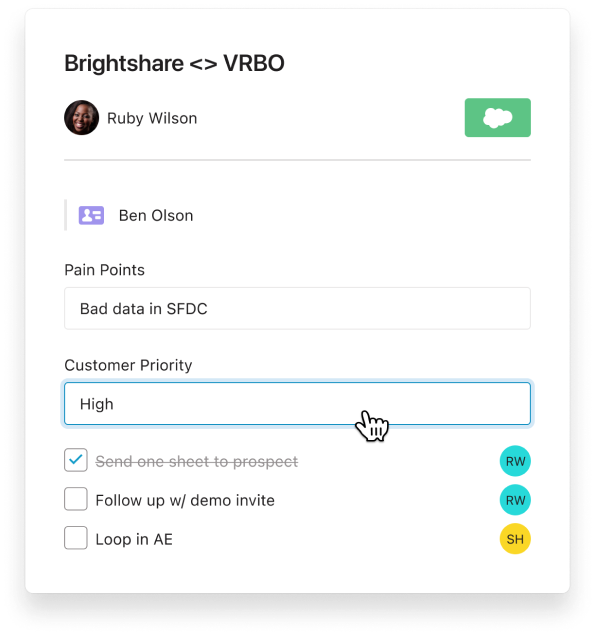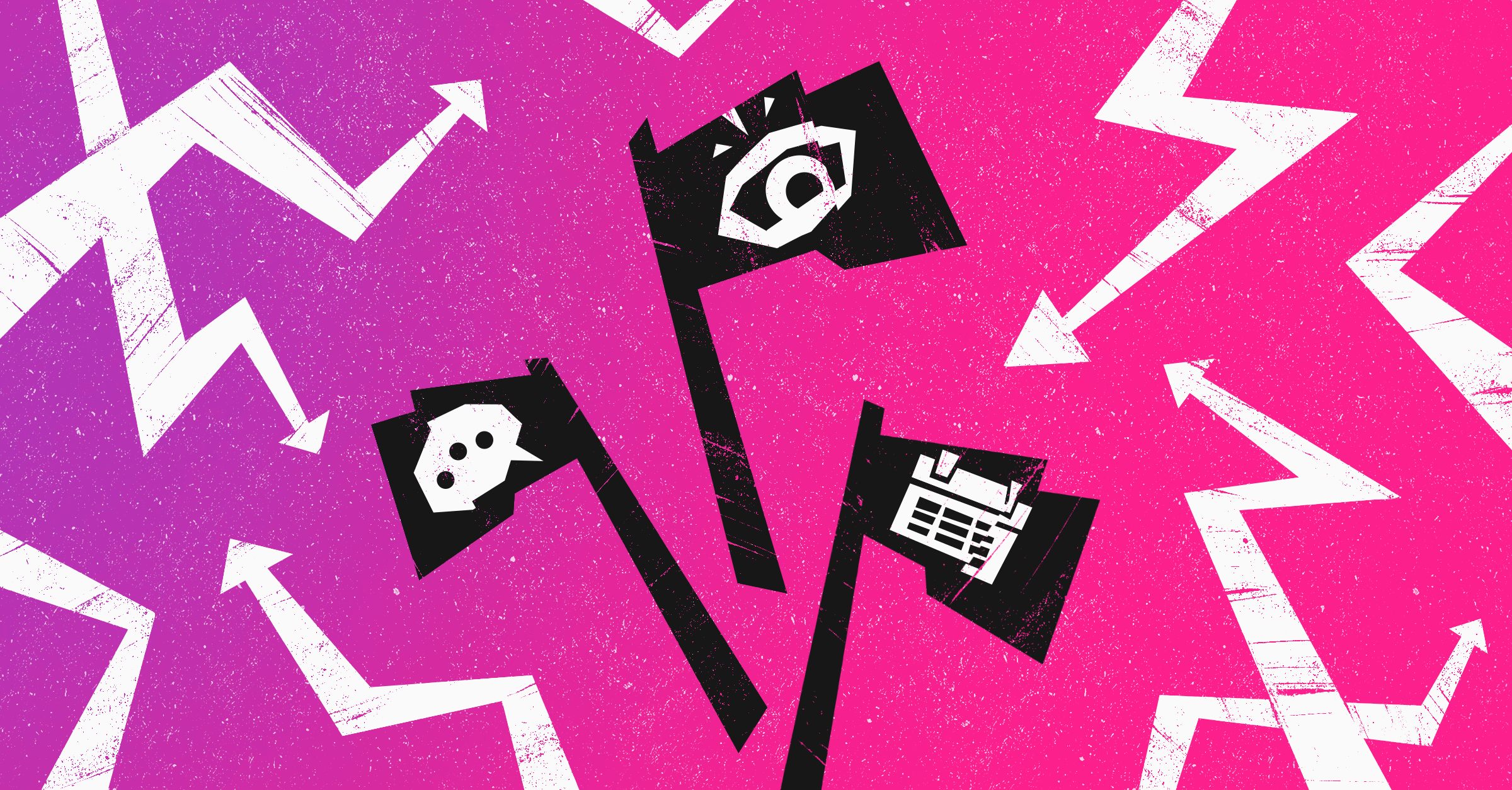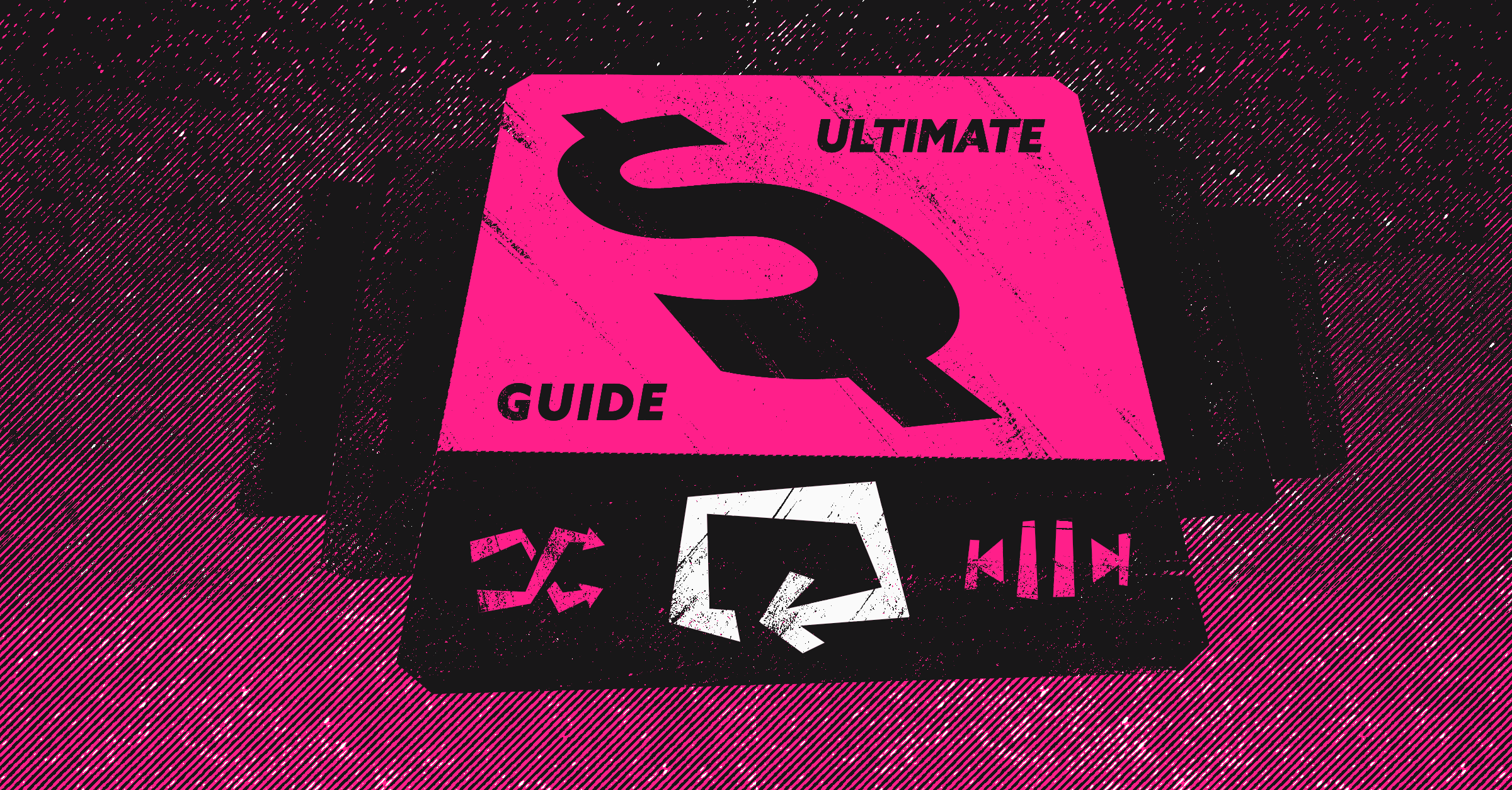
There have been frequent (and at times, exhausting) debates about the merits and effectiveness of cold calling. Cold emailing, on the other hand, is a tried and true way of soliciting new business. In this day and age, sending emails is a great way to reach people where they hang out all day: their laptop and smartphone.
But crafting a successful cold email requires more than just writing a quick message and hitting “send.” Because of the volume of emails people receive, and their experiences in dealing with other prospecting emails, the default is usually to hit “delete,” or worse, the dreaded “unsubscribe” button.
Thankfully, there are ways to increase your chances of a response. If you can get the prospect’s attention, pique their interest, and (this one is important) give them a reason to respond, then you have a great shot of turning a cold email into a closed deal. In this article, we’ll discuss the six things that should be included in every cold email. Here they are:
1. An Engaging Subject Line
The subject line is the first thing the recipient will see in their inbox, so it needs to capture their attention. Use a subject line that is clear, concise, and compelling. Avoid using generic subject lines like “hello,” “some information,” or “your car’s extended warranty,” as they can easily be overlooked. Instead, try to personalize the subject line and spice it up a bit, but without being manipulative. For example, if you sell advertising, you could try using the following subject line: ‘how [similar company] grew market share with our ads.’ If you want to stand out, then be willing to take some risks, just make sure you don’t overdo it. (P.S. here’s how a Dooly AE got 81% open rates on his cold outreach.)
2. Personalize it to the Recipient
Personalization is key when it comes to cold emailing. Take the time to research the recipient and find something you can reference in your email that is specific to them or their company. This could be a recent accomplishment, a shared interest or connection, or a common problem in their industry. This will show that you have taken the time to understand their needs and will increase the chances of a response. However, if you bring something up, make sure it’s defensible. That means if you tell them you’ve read their book, make sure you’ve read it. If you went to the same alma mater, make sure you actually went there. Don’t lie for the sake of getting a response. Because if you get caught, the juice won’t be worth the squeeze.
3. Addressing a Problem They (Probably) Have
In order to grab the recipient’s attention, your email needs to address a problem they may be facing. This is the core of selling, and without it, you have nothing. Some reps prefer to hold off until they’ve gone through discovery. But the catch-22 here is that you might not get to the discovery if you can’t get a response early. So show that you understand their pain points and offer a solution to their problem. This will demonstrate that you’re invested in understanding them, helping them, and aren’t just trying to find a way to bother them.
4. The Solution Framed Around Them, Not Around You
When presenting a solution, it’s important to frame it in a way that highlights how it will benefit the recipient, rather than focusing on what’s so great about your company. Sure, accolades and accomplishments can build social proof, but nobody cares about your success as much as they care about what you can do for them. Similarly, avoid focusing on the features of your product or service and instead highlight the benefits. For example, instead of saying “Our product has a new feature that does X,” you can say “With our product, you’ll be able to achieve Y.” Put yourself in the prospect’s shoes and imagine what you’d like to hear if you were them. Pretend their problems are your problems, because ultimately, they are.
5. A Call to Action
Do NOT, we repeat, do NOT send an email without some sort of question, next step, or call to action. Doing so is wasting your (and the prospect’s) time. Your cold email should always include a call to action that encourages the recipient to take the next step. This could be scheduling a call, signing up for a demo, or just responding to your email. Be clear about what you want them to do and make it easy for them to take action. Too many reps fire off emails into the ether hoping that the sales universe will take pity on them and send back a response. Unfortunately, that’s not how it works. If you want a response, you need to ask for it.
6. Double Checked for Length, Clarity, and Grammar
Finally, before hitting send, make sure to double check your email for length, clarity, and grammar. Your email should be concise and to the point, while still conveying all the necessary information. It can be playful and informative, but it shouldn’t be long, meandering, and overwhelming. Use clear and concise language, and avoid using jargon or technical terms that the recipient may not be familiar with. The goal is to get a response, not to look as brilliant as humanly possible. Lastly, make sure your email is free of spelling and grammar errors. Some prospects might not care, but some will. The last thing you want to do is lose a perfectly good deal because you didn’t take a few minutes to go over your writing. If you do all the above, you’ll be increasing your chances of a response, a closed deal, and a great career.
Keep your deals on track, and your manager off your back.
Dooly automates the Salesforce admin work you hate.
Try Dooly for free
Join the thousands of top-performing AEs who use Dooly every day to stay more organized, instantly update their pipeline, and spend more time selling instead of mindless admin work. Try Dooly free, no credit card required. Or, Request a demo to speak with a Dooly product expert right now.


